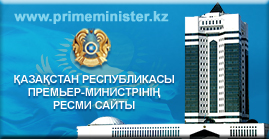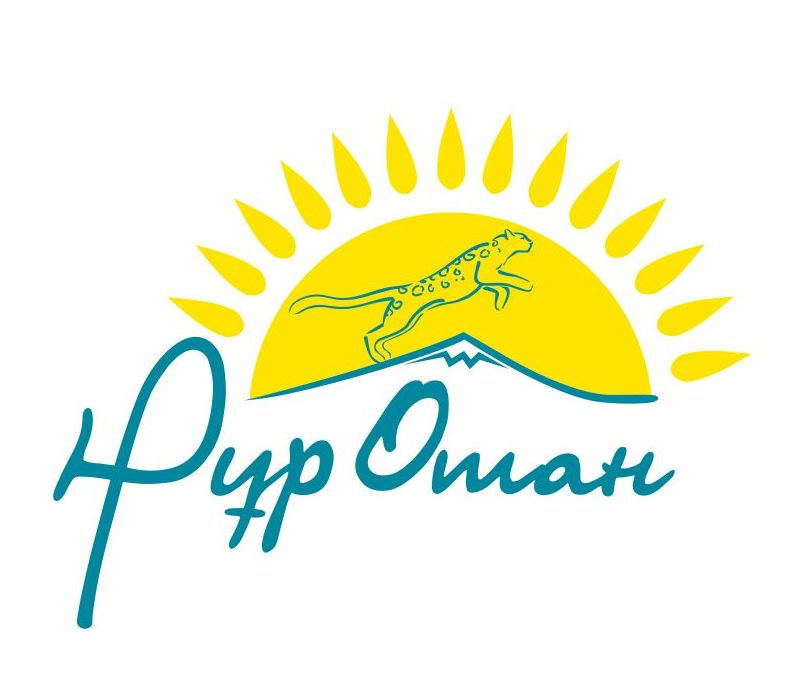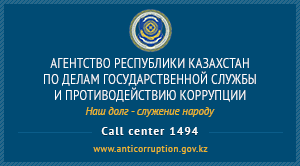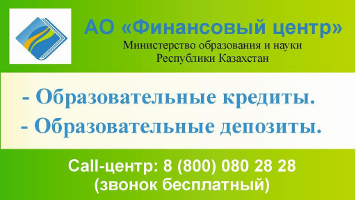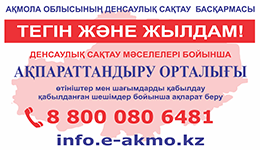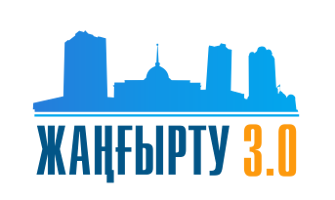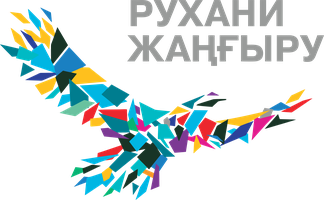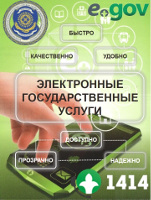
Instructional Approaches for Teaching Reading
Reading is an active process. In this article how to teach reading is explored by using both bottom up and top down processes. Also some strategies are considered for before, during and after reading, aspects of the writing process, and supports for vocabulary and grammar.
There are a lot of types of reading: fiction, non-fiction, letters, messages, emails, journals/diaries, newspapers/magazines, menus, signs, schedules and many more!
Principles of reading:
1. Use what readers already know: background knowledge or schema;
2. Build strong vocabulary;
3. Teach for comprehension;
4. Work on increasing reading rate;
5. Teach reading strategies;
6. Encourage readers to transform strategies into skills;
7. Build evaluation into your teaching;
8. Use different strategies to further develop as a reading teacher. (Anderson, 2003)
There are two reading strategies: Intensive Reading, which includes ability to read short texts. It helps students develop reading skills, vocabulary and grammar knowledge, get detailed meaning from the text and emphasize linguistics components. Extensive reading includes ability to read long texts/ books, develop reading fluency and it aims for general understanding.
Bottom-up approach to reading. The bottom-up approach focuses on the building blocks of reading. Teachers focus on teaching letters and sounds, then words and sentences, longer texts, and work towards comprehension in small chunks.
Top-down approach to reading. The top-down approach begins with the readers’ background knowledge. Readers can comprehend a section even if they do not understand each word. Focus is on constructing meaning and getting the big idea.
How do teachers should teach reading?
A: Activate prior knowledge
C: Cultivate vocabulary
T: Teach for comprehension
I: Increase reading rate
V: Verify reading strategies
E: Evaluate progress (Anderson, 2003)
Teachers should engage learners in reading activities, which include Before Reading, During Reading and After Reading Activities.
Before Reading Activities: Preview the text, vocabulary sorts, make predictions, read a few quotes from the text, ask questions, complete an organizer.
During Reading Activities: Think aloud with a partner, retell what you understand, ssk questions, make more predictions, clarify vocabulary, complete a graphic organizer. After Reading Activities: summarize, retell, role-play a part of the story, ask more questions, extend to another reading, complete an exit slip.
Teachers don’t have to teach all the words learners need to know. They give learners word learning processes that and strategies for independence. They are to provide intensive reading with strategies practice for building stronger readers who can use top-down processes. They teach learners how to interact with their thoughts while reading and engage them in discussion about the reading with other learners.
Kissanova Z, an English teacher


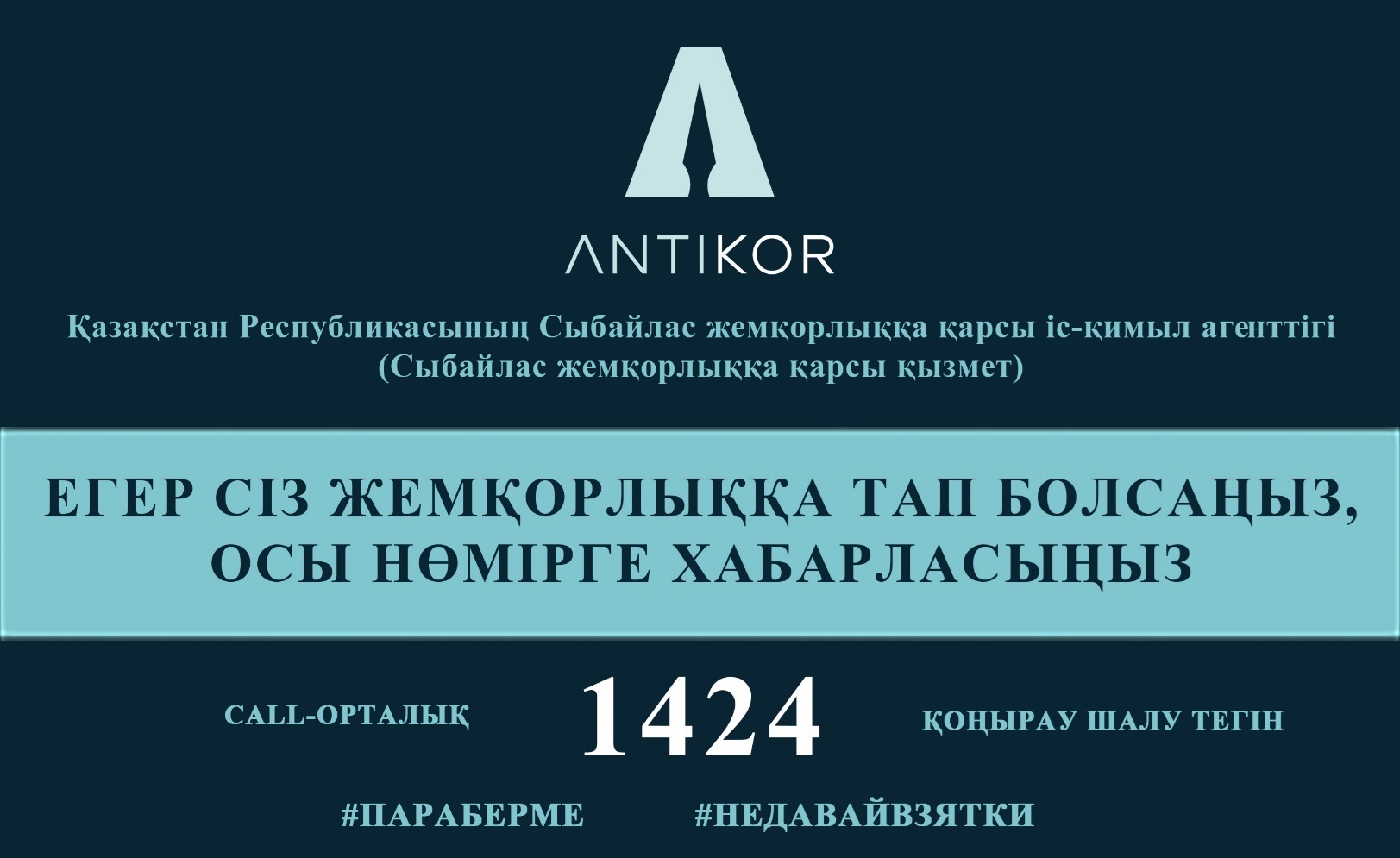
 Мектепке дейінгі балалар ұйымына жолдама қалай алуға болады
Мектепке дейінгі балалар ұйымына жолдама қалай алуға болады
 Мектепке тіркеу үшін құжаттарды қабылдау
Мектепке тіркеу үшін құжаттарды қабылдау

 «Алаш» сыныптан тыс іс-шара
«Алаш» сыныптан тыс іс-шара

